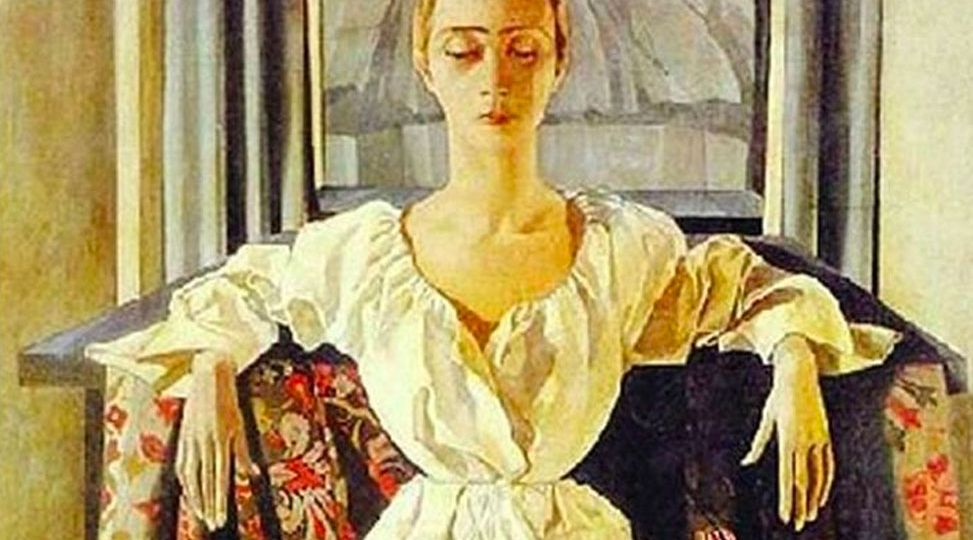
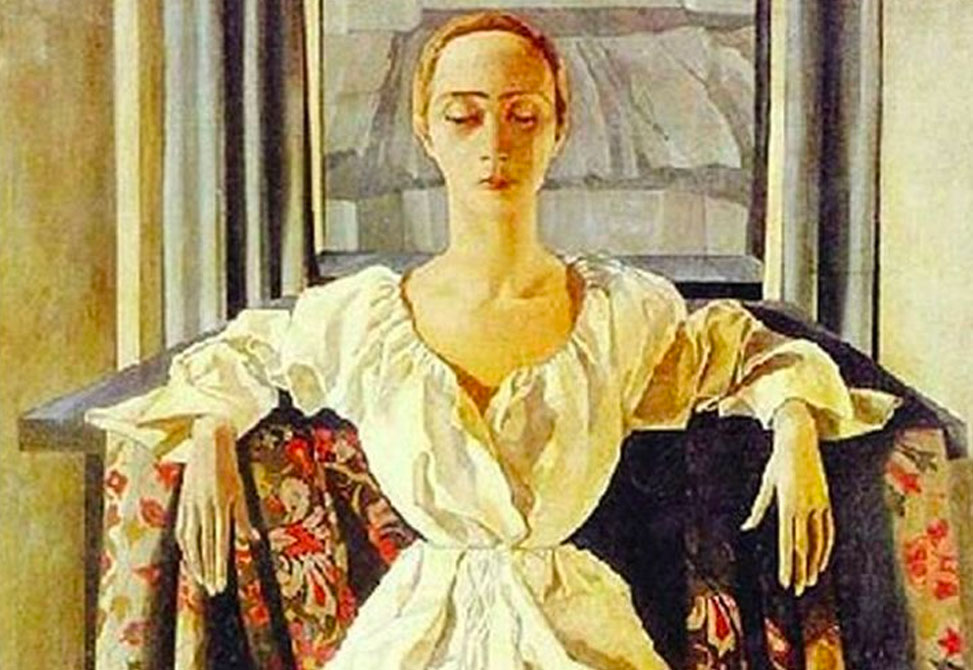
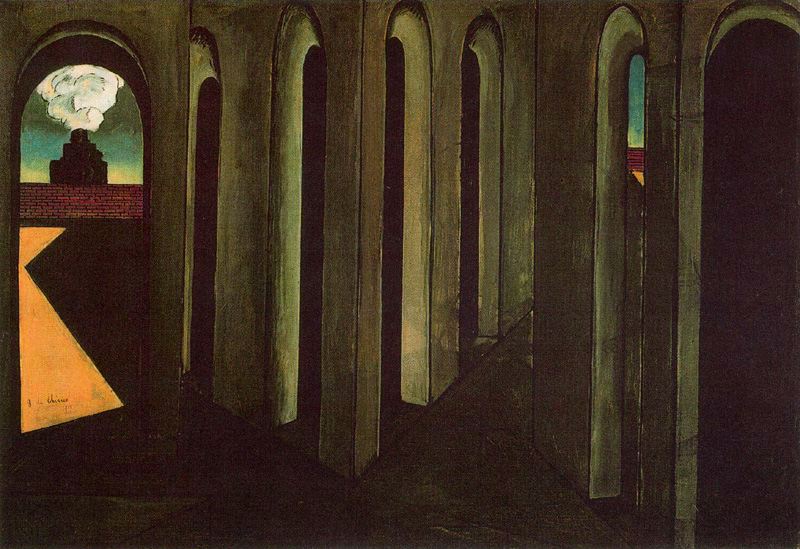
Persephone’s journey to the underworld details a young woman’s descent into a psychological death-rebirth archetypal cycle in which suffering serves as a catalyst for individuation. Essentially, the myth of Persephone is a journey from unconsciousness to conscious awareness. It is a coming of age story for feminine psychology. Moreover, Persephonean consciousness holds the key to an inner marriage between the existential polarity of life and death.
The individual with anorexia shares a similar initiatory descent into the depths of the unconscious in the psychospiritual journey towards the Self—what Jung described as the whole and unified psyche. Therefore, when understood properly and carefully considered, the experience of anorexia nervosa can propel one along the individuation path into greater self-awareness, psychological development, and ultimately, inner wholeness.
The Living Skeleton
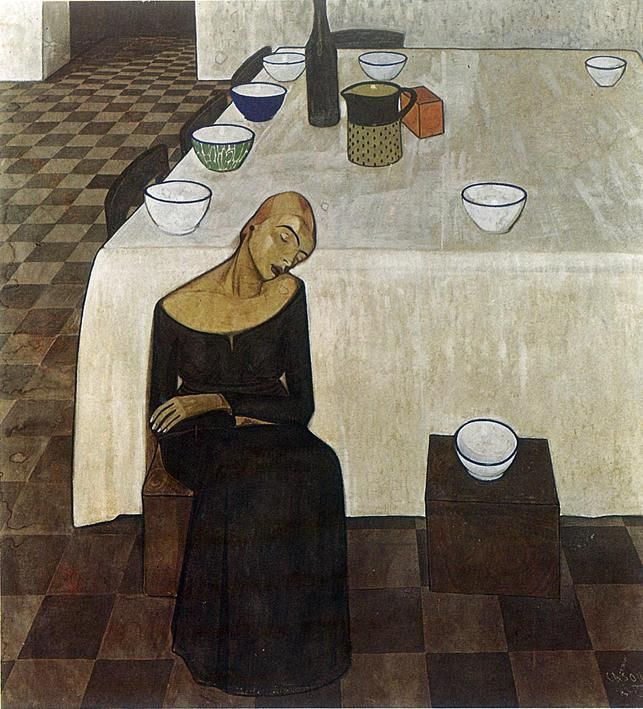
The image of those with anorexia nervosa is represented by the skeletal appearance of the body; hence, the archetype informing the disorder is death. Chevalier and Gheerbrant (1996) stated, “The skeleton is the personification of Death. … The skeleton does not stand for death as an end in itself, something static, but, if one may use the phrase, for a dynamic death which is the herald and the channel of a new form of life” (p. 887).Thus, the archetypal “living skeleton” presentation of anorexics not only derives from an underlying death archetype but is based on a death-rebirth process driving the condition. The concept of death-rebirth is an archetypal pattern best understood by reference to Jung’s theory of archetypes and James Hillman’s archetypal psychology. Essentially, individuals with anorexia unconsciously and fervently seek the archetype by literally becoming—embodying—the psychic image of a death archetype and death-rebirth archetypal process. Shumate (2017) has observed that Ni types in excess can exhibit eating disorders, which may be a consequence of inferior extraverted sensation.
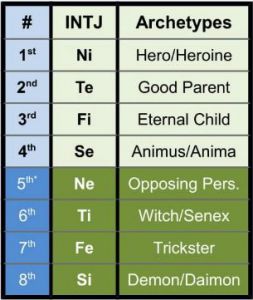
In the depth psychological view, those with anorexia are not trying to “get skinny” as stereotypes portray; rather, they are unconsciously and somatically expressing a psychological death and archetypal death-rebirth process by their presentation as a physical skeleton. Contrary to popular belief, the process is out of the individual’s control as the archetypal influences hijack the ego personality. As in the Persephone myth, the psychic archetypal energy of Hades overpowers and “kidnaps” or captures the individual with anorexia. Therefore, anorexic individuals are not starving the self—they are being starved by the archetypal influences and psychological process. A psychotherapy client once stated of her anorexia, “There is no ‘too skinny,’ only death,” highlighting the extreme psychological dynamic occurring within the condition.
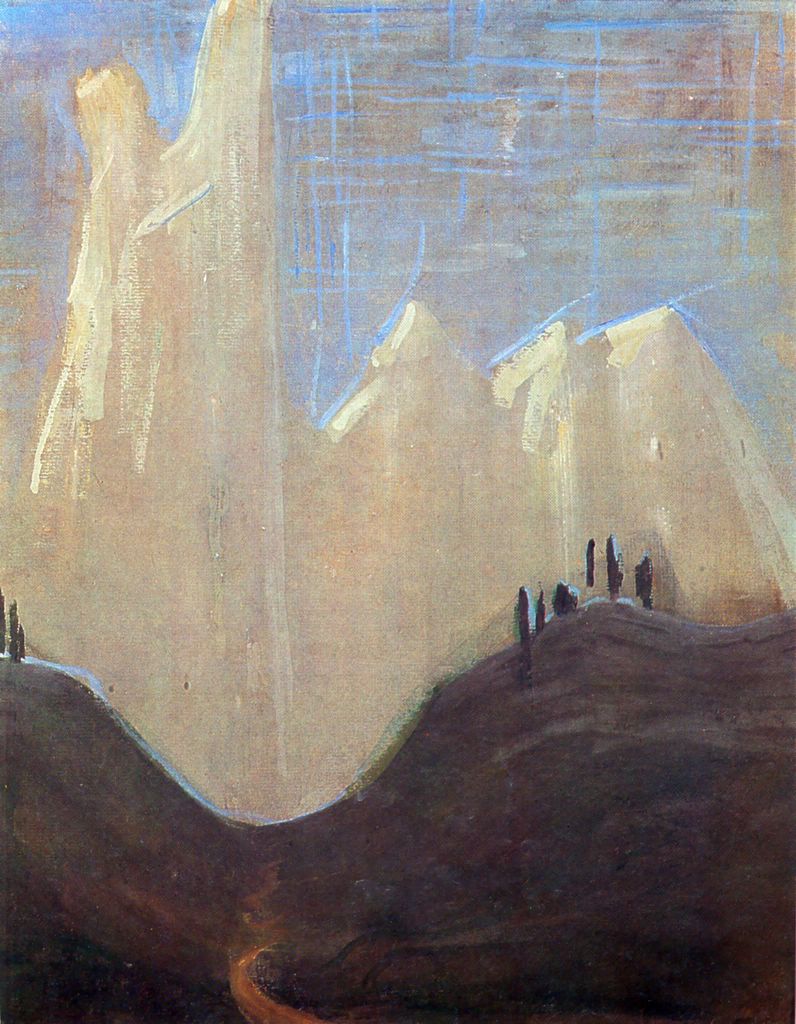
As arguably one of the most perplexing psychological conditions known, the clinical presentation of anorexia nervosa corroborates the research on introverted intuitive types reported by Haas and Hunziker (2014), who said these types “often communicate very little specific concrete data and sometimes none at all. The outer world of tangible facts may have little to do with the validity of the message they are trying to convey” (p. 66). Indeed, anorexic individuals have extremely limited attunement towards the biological facts of their extreme condition. To clinicians, this lack of regard towards literal starvation is extremely confusing and obviously disturbing, yet when viewed archetypally and symbolically through the lens of typology, anorexia nervosa is portraying its archetypal message of psychological death-rebirth perfectly.
Furthermore, anorexia is typically accompanied by a condition called alexithymia, meaning an individual has a very hard time describing inner emotional and feeling states. When asked a feelings-based question, individuals with anorexia will commonly draw a blank, which is reminiscent of an INTJ type in excess. Due to a lack of connection with their inner world, they often must think about how they feel as it is rarely ever clear to them. Research conducted by Lule et al. (2014) found patients with anorexia nervosa had significantly higher alexithymia, higher levels of depression, and overall anxiety compared to other populations. From this standpoint, anorexia is an intuitive thinking disorder wherein feelings are often muddled, confusing, and lacking in development and maturity.
Clarity Through Order
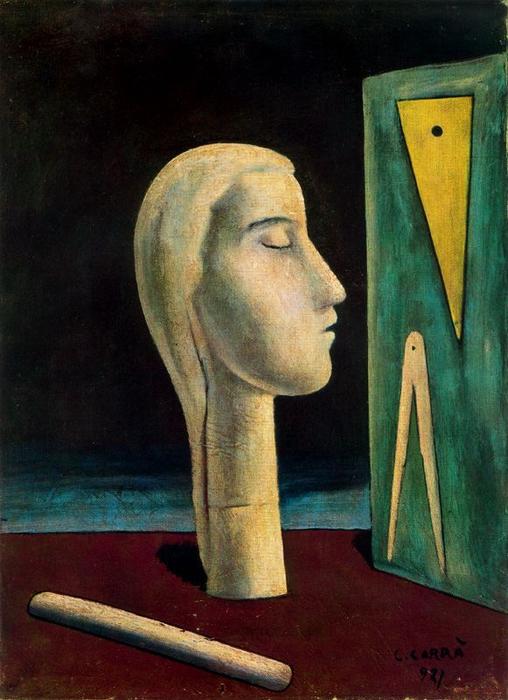
According to Beebe (2006), the archetypal pairing for extraverted thinking in the auxiliary position is represented by the good parent, and most anorexic youths are described as “miniature adults” who behave perfectly, follow all the rules, and appear mature well beyond their years. From the outside, anorexics appear to do everything right, just like a good parent would demonstrate, while experiencing invisible internal suffering due to mental and emotional anguish. A client of Bruch’s stated, “My illness represents the ultimate of failure to cope with life” (1973, p. 269). Within the mentality of anorexia nervosa, the mature external presentation covers deep-rooted feelings of inadequacy.
Reversing Natural Processes
INTJs have introverted feeling (Fi) in the tertiary position in their psyche, a position Beebe associated with the puella aeterna archetype that symbolizes eternal youth. Significantly, the typical clinical presentation of anorexia nervosa occurs most frequently during adolescence and quite commonly during the onset of puberty. Mehler and Andersen (2010) noted that the initial presentation of illness peaks at ages 13-14 and 17-18. Persephone as Kore represents a version of the puella aeterna archetype corresponding well with the underdeveloped feeling aspect of INTJs. The same archetypal pattern is also shown by the common Peter Pan syndrome of the typical individual with anorexia, who often expresses fears of reaching maturity and adulthood. According to Haas and Hunziker (2014), introverted feeling “wants to make choices and act in ways that create and maintain inner harmony” (p. 103), and in the eternal child position, introverted feeling can distance the individual from life, just as Persephone was removed from the upper world. Lenore Thomson (1998) stated, “When extraverted thinking isn’t working well enough, INTJs draw directly from their tertiary function, Fi, which merely rationalizes and supports their worst tendencies. It encourages them to idealize their abstract ideas about life and to avoid real relationships as unworthy of their investment” (p. 245). In alignment with Thomson, the Fi positioning in anorexia causes individuals to rationalize their condition by unconsciously seeking death in lieu of having to experience the vast and difficult contradictions inherent within living. As Marion Woodman (1980) wrote, “Life may be rejected, consciously or unconsciously, through the rejection of food. A despairing woman may silently decide to make her slow escape through starvation” (p. 36). In other words, within the interior of anorexia, life is shunned.
It would seem, too, that the transition from childhood to adolescence and adulthood activates the trickster energy of extraverted feeling (Fe). As the archetype of the child gives way to the new archetypes, psychic images, and somatic responses of adulthood, a negative trickster attempts to interfere and even reverse the natural process. Thus, the starved body itself is not allowed to reach adult maturity, instead taking on the appearance of a child, and eventually a skeleton. In this way, the underdeveloped individual with anorexia distinctly embodies Kore and the puella aeterna. A key component of these young feminine archetypes is what Jung (1950/1980) described as “the girl’s notorious helplessness,” which “is a special attraction” (¶ 311) making the anorexic individual particularly helpless to the archetypal forces driving the condition, especially that of the negative trickster.
Haas and Hunziker (2014) noted that individuals using extraverted feeling in the dominant or auxiliary positions “often have a very hard time focusing on taking care of themselves” (p. 95), instead becoming caretakers of everyone around them. Moreover, “it is common for their own physical needs to be neglected until a personal health crisis demands their attention” (p. 95). When Fe is in the trickster position, such self neglect can be taken to extremes. Demonstrably, those with anorexia are known to cook and clean for their entire household yet refuse to eat any of the food they make, behavior which seems representative of the trickster position of Fe. They also attempt to ignore their own basic survival needs until the point of crisis when most are on the verge of death. In this way, anorexia essentially “tricks” an underdeveloped feeling function into believing the psychological demands of maturity are too overwhelming to live with and the overall experience of life simply too difficult to bear.
The Key to Understanding
The positioning of the sensation functions in the INTJ psyche holds the key to understanding anorexia nervosa at its core archetypal level. Jung (1921/1971) stated that introverted intuitive types repress most of all the “sensation of the object and this gives rise to a compensatory extraverted sensation function of an archaic character” (¶ 663). In anorexia nervosa, the body as a “sensing object” is repressed to the point of near or absolute death. The condition elicits an extreme unconscious repression of the body’s natural sensations as extensions of the external world. This repression leads to subsequent starvation and can eventually cause death. Due to alexithymia, anorexics cannot feel their internal states, but because of the physiological effects of starvation, their externalized sensing becomes extremely sensitive and heightened in response to the environment. Von Franz noted the inferior position has “difficulties in noticing the needs of the body and controlling appetites” (p. 46). Those with anorexia have vast difficulty in identifying basic bodily cues such as hunger, fullness, satiety, and even pain. Additionally, Shumate has observed that it appears relatively easy to slide from an egosyntonic function to its opposite-attitude shadow function. For example, “The act of eating can take one from the extraverted sensation (Se) experience of tasting the food to an introverted sensation (Si) experience of monitoring the internal operations of the body” (personal communication, February 13, 2018). An overall internal and external dissociation from the body that encompasses the anorexic’s experience can easily blur the boundaries between extraverted and introverted sensation. Furthermore regarding the inferior function, von Franz (2013) stated “the symbolic meaning of an unconscious fact appears outside, as the quality of the outer object” (p. 16). In those terms, the “unconscious fact,” or key to understanding anorexia nervosa, is portrayed by the skeletal appearance of the body. Again, the body portrays the internal psychological death and archetypal death-rebirth process occurring within the psyche.
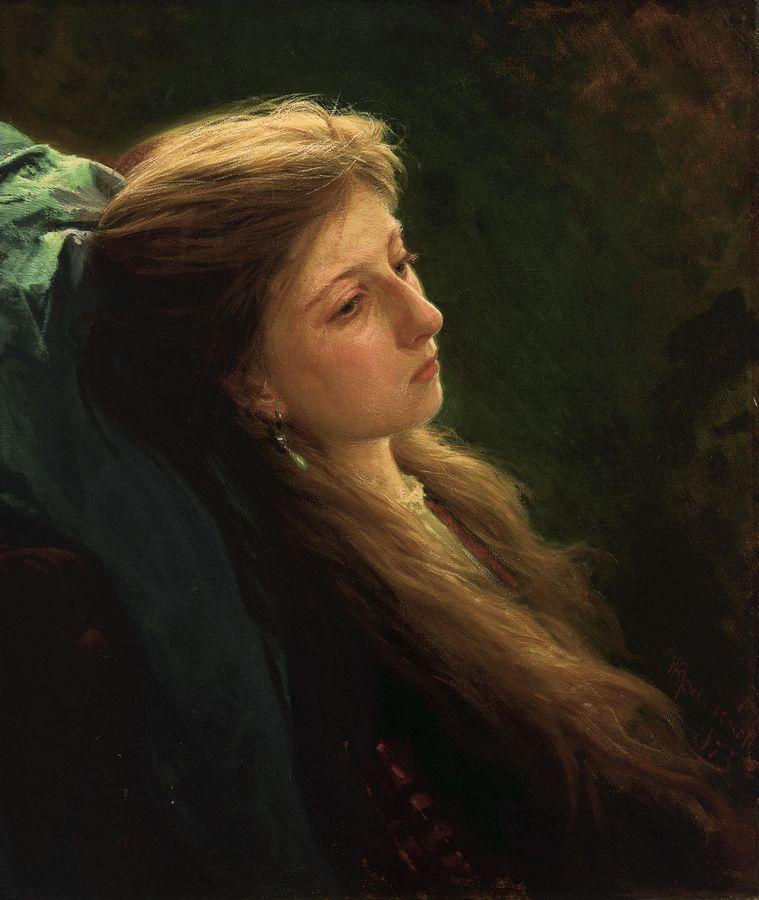
In archetypal terms, anorexia’s portrayal as a Persephone myth envisions the condition as an initiatory journey which can facilitate a transformation from Kore consciousness to a queen archetype wherein the individual’s psyche can be brought into balance as existential opposites are married within. As the myth told, Persephone maintained a connection in both the upper world and underworld, acting as a powerful intermediary between life and death. In summary, it is within Persephonean consciousness where the archetypal and psychological meaning and outcome of anorexia nervosa can be found. With proper therapeutic support, many individuals move through the process and completely recover from the experience.
Case Study
A seventeen-year-old female presented with anorexia nervosa of the restricting type. The client had never been to therapy and did not yet have a formal diagnosis. The client appeared very mature and well-spoken for her age; she held two jobs and had graduated early from homeschooling. The client stated she had struggled with eating, weight gain, anxiety, and depression since around age eleven, at which time she began menstruation. She reported not knowing what was “wrong” with her until being exposed to a documentary on eating disorders around age fifteen. The client had recently lost ten pounds without much effort, putting her at around 75% of ideal body weight with a body mass index of ~15 [normal BMI is 18.5 to 24.9]. The client stated she now felt the condition “taking over,” which deeply frightened her, and thus she was seeking treatment to recover. She acknowledged her skeletal appearance and stated that feeling and seeing her bones brought her comfort because “it was what she was supposed to be doing.”
The client’s reported type was INTJ via the MBTI®. She struggled to connect to her feelings and had difficulty describing her inner emotional states besides feeling incredibly anxious and, at times, struggling with suicidal ideation. She lived with her religious parents, did much of the family’s cooking and cleaning, and reported feeling pressure to be a “perfect person” in terms of the family’s religious beliefs. The client had only a few friends and spent most of her free time by herself.
Significantly, the client reported that her first romantic relationship was with a “scary and dangerous” boyfriend. Although she had never been outwardly harmed, the client discussed many violent dreams of the now ex-boyfriend attacking her, which caused her to fear and avoid him in waking life. After initially denying inpatient treatment, the client expressed high suicidality and was subsequently hospitalized where she was stabilized, after which outpatient treatment resumed with good success.
Analysis
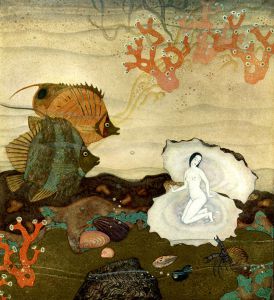
Psychotherapeutic treatment focused on the development of healthy ego strength utilizing strength-based approaches, including Dialectical Behavior Therapy as well as working towards resolution of severe existential crisis themes with the exploration and cultivation of spirituality and mindfulness-based practices. As the client recovered and thereby transformed, she was able to balance anorexia’s “living skeleton” archetypal image of death with an image representing life, demonstrating the ability to hold and embody the tension of opposites as the myth of Persephone illustrates.
Hope for the Future
Jungian typology sheds new light upon the condition of anorexia nervosa by providing a unique and enlightened depth perspective based on personality type. From a depth psychological perspective, anorexia nervosa can be understood as an archetypal death-rebirth process wherein the body becomes the archetypal symbol. Many of those who suffer from the disorder appear to fit a profile of INTJ preferences in excess. Recognizing this connection has proven valuable in terms of client conceptualization and psychotherapeutic treatments as it provides deeper insight and greater awareness into a disorder that is notoriously difficult to treat and understand. Understanding the nuances of personality within anorexia is vital for clinicians and family members who desperately struggle to help individuals suffering from the condition. Lastly, it bears repeating that anorexia nervosa is a very rare disorder affecting only 1% of the population; therefore, anorexia is not caused by INTJ preferences, though these individuals may have a greater propensity towards the condition due to their psychological makeup.
References
American Psychiatric Association (APA). (2013). Diagnostic and statistical manual of mental disorders [DSM-V] (5th ed.). Washington, DC: American Psychiatric Publishing.
Beebe, J. (2006, March). Evolving the eight-function model. Psychological Type Review, 8(1), 39-43.
Bergh, C., & Sodersten, P. (1998, May 9). Anorexia nervosa: Rediscovery of a disorder. Lancet, 351(9113), 1427.
Bruch, H. (1973). Eating disorders: Obesity, anorexia nervosa, and the person within. Houston, TX: Basic Books.
Bruch, H. (2001). The golden cage. Harvard, MA: Harvard University Press.
Campbell, J. (1949). The Hero with a Thousand Faces. Princeton, NJ: Princeton University Press.
Chevalier, J., & Gheerbrant, A. (1996). Dictionary of symbols (Second ed.). New York, NY: Penguin Books.
Haas, L., & Hunziker, M. (2014). Building blocks of personality type: A guide to discovering the hidden secrets of the personality type code. N.p.: Eltanin Publishing.
Hillman, J. (1979). The dream and the underworld (First ed.). New York, NY: HarperPerennial.
Jung, C. G. (1921/1971). Psychological types (R.F.C. Hull, Trans.). In H. Read et al. (Series Eds.), The collected works of C.G. Jung (Vol. 6, pp. 330-407). Princeton, NJ: Princeton University Press. Retrieved from https://ebookcentral.proquest.com.
Jung, C. G. (1948/1972). The structure and dynamics of the psyche (R. F. C. Hull, Trans.). In H. Read et al. (Series Eds.), The collected works of C.G. Jung (Vol. 8). Princeton, NJ: Princeton University Press.
Jung, C. G. (1950/1980). Aion: Researches into the phenomenology of the self (R. F. C. Hull, Trans.). In H. Read et al. (Series Eds.), The collected works of C.G. Jung (Vol. 9, Part 2). Princeton, NJ: Princeton University Press.
Kerenyi, C. (1998). The gods of the greeks. New York, NY: Thames and Hudson Inc.
Lule, D., Schulze, U., Bauer, K., Scholl, F., Muller, S., Fladung, A., & Uttner, I. (2014, June). Anorexia nervosa and its relation to depression, anxiety, alexithymia and emotional processing deficits. Eating and Weight Disorders, 19(2), 209-216.
Mehler, P. S., & Andersen, A. E. (2010). Eating disorders (Second ed.). Baltimore, MD: The John Hopkins University Press. National Association of Anorexia Nervosa and Associated Disorders, Inc. (ANAD). (2018). Eating disorder statistics. (2018). Retrieved from http://www.anad.org/get-information/about-eating-disorders/eating-disorders-statistics/
Shumate, C. (2017). The function-archetype decoder. Jung’s eightfold way (forthcoming). Adapted with permission from McAlpine, R., Shumate, C., Evers, A., & Hughey, D., The function-archetype decoder [software program], 2009; Louisville, KY: Type Resources.
Thomson, L. (1998). Personality type: An owner’s manual. Boston, MA: Shambhala.
Touyz, S., Le Grange, D., Lacey, J., & Hay, P (2016). Managing severe and enduring anorexia nervosa. New York, NY: Routledge.
von Franz, M-L., & Hillman, J. (2013). Lectures on Jung’s typology. Putnam, CT: Spring Publications, Inc.
Woodman, M. (1980). The owl was a baker’s daughter. Toronto, Canada: Inner City Books.
Images
Carra, C. (1921). Engineer’s lover. Retrieved from wikiart.org
Casorati, F. (1919). L’attesa. Retrieved from wikiart.org
Casorati, F. (1922). Silvana Cenni. Retrieved from wikiart.org
Ciurlionis, M. (1907). My road, I. Retrieved from wikiart.org
De Chirico, G. (1913). The anxious journey. Retrieved from wikiart.org
Dulac, E. (date unknown). Birth of the pearl, from The Kingdom of the Pearl. Retrieved from wikiart.org
Kramskoy, I. (1873). A girl with her hair unbraided. Retrieved from wikiart.org




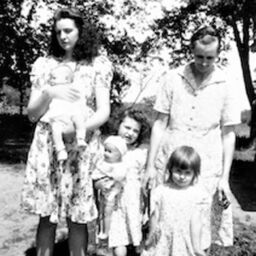




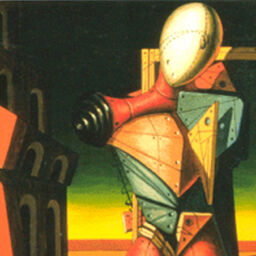

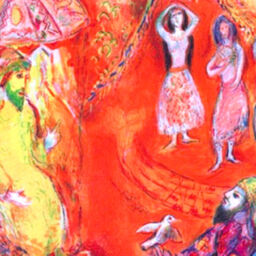



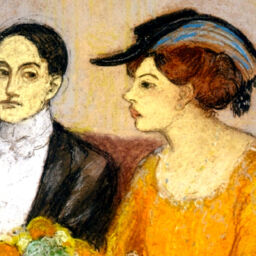
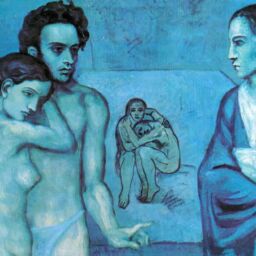
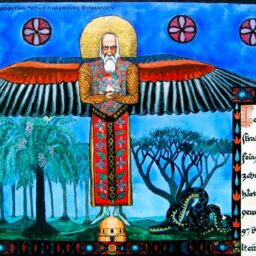
I looked for this kind of content. I am new to the MBTI and I came to be an INTJ. Reading about my type cleared up almost every question I had about myself, especially about why it is extremely difficult for me to express my emotions. I have also struggled with anorexia for most of my life. Then the question arose: Do INTJ’s have susceptibility to an eating disorder? Because the two have many similarities, of course it begs the question. Reading this confirms my suspicions. Thank you.
Thank you Casey. Your brilliant article is such a gift. I’ve
read it and reread it, and reread. Such a wonderful and clearly written discussion. I not only feel so much more informed about this terrifying condition (I presently have an anorexic in my psychotherapy practice); but I now also understand better the ways in which the archetypal energies in the various 8 positions manifest.
Although clearly most INTJs do not experience the extremes of the case you presented I presume to some extent you have given us a rough template of what to look for in every INTJ as regards how each of the 8 function-attitudes typically manifest themselves in the 8 part dynamic(archetypal)grid which Beebe has developed/discovered and blessed us all with. I would hope to find more articles (discussing other types) in this journal which would do what you have done for us with the INTJ. I am new to this journal so I’ve yet to see what the archives include.
One last thing: just as you have suggested that the INTJ seems particularly suited/vulnerable for the development of anorexia (although of course not implying that all, or even most, anorexics are INTJ), I wonder if you have an opinion as to what types might be most suited/vulnerable to develop schizophrenia. And are you aware of any articles in the journal’s archive that addresses this question?
Again thank you so much for your wonderful article. Have you published other articles in this journal?
Jim Beckett (Clinical psychologist in Santa Cruz, California
Thank you Casey for your in-depth analysis that connects anorexia with its relatable archetypal influences and an inherent personality type. Your essay contributes a greater understanding about this difficult condition and offers new perspectives to consider when thinking about and working with this eating disorder.
I look forward to reading more published work from you.
Best regards,
Susan Ozimkiewicz, NCC LCPC
Dear Casey,
What a marvelous and thorough essay you have written here. It was my first reading this morning and I will tackle it again because it’s so rich. The art work which accompanied your research enhanced your renderings beautifully and powerfully.
I hope I shall be fortunate enough that you will take on the ENFJ profile at some future date.
Kindly,
Mary Jane Hurley Brant, M.S., CGP